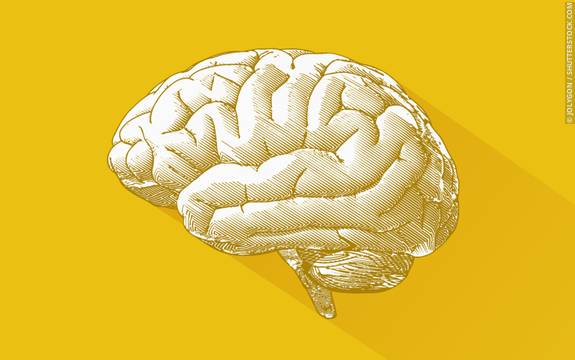In this Biological Approach Guide:
- Introduction to the Biological Approach
- How it differs to other approaches
- Key assumptions of the approach
- Evaluation of the Biological Approach
The biological approach in psychology is highly respected among psychologists but its reductionist, over-simplistic approach to human nature means that it does not fully explain many disorders or aspects of behavior. It is important to be wary of support for biological explanations of disorders, as the scientific basis of the approach (as opposed to psychodynamic or behavioral explanations) mean that supporters may qualify for more funding than researchers testing behavioral explanations, which are far harder to prove or disprove than biological explanations.
What does it assume?
A supporter of the biological approach would agree that if we can understand humans on a chemical or cellular level then we can produce treatments (for example, drug therapies) for disorders for unwanted behavior.
The biological approach offers 3 explanations for human and animal behavior:
Genes
We inherit from our parents a genetic disposition to disorders such as schizophrenia. Gottesman (1991) summarized around 40 studies and found a 48% concordance rate among monozygotic twins, which would suggest that a schizophrenic twins' similar genes put them at higher risk than dizygotic twins, for whom a 17% concordance rate has been found.
Approaches in Psychology
Brain bio-chemistry
The chemical make-up of the brain is another biological basis for disorders. The dopamine hypothesis suggests that schizophrenia is caused by abnormal levels of the neurotransmitter dopamine, and drugs such as L-Dopa that increase levels of dopamine in the brain have been found to increase the effects of the disorder among sufferers.
Structure of the brain
Research by Pahl, Swayze and Andreasen (1990) supports a difference in brain structure between schizophrenics and their non-schizophrenic twins. Schizophrenic twins in the studies Pahl et al evaluated were found to have abnormally large ventricles. However, the research, which used magnetic resonance imaging (MRI) scans to look at brain structure, also found an absense of the kind of deterioration that is normally found in degenerative mental disorders, indicating that the abnormal development of the brain is likely to be a cause of the disorder.
Evaluation of the Biological Approach
|
The biological approach has seen the development of many successful drug therapies for psychological abnormalities, including the anti-depressant Valium, a benzodiazepine. |
|
|
While many drugs have been developed, however, the side-effects of narcotics can be as disruptive as the disorder that they are treating, so one problem may be replaced by another. Benzodiazepines like Valium can have sedative effects, for example. |
|
|
Many studies (including those that look at genetic bases for disorders through monozygotic & dizygotic twins, and family studies) have shown that genetics are linked to a number of disorders, including schizophrenia: Gottesman (1991) found a 48% concordance rate among monozygotic twins and a 17% concordance for dizygotic twins. This suggests that people can be predisposed to disorders such as schizophrenia through genes. |
|
|
The concordance rates mentioned above indicate that the biological approach does not entirely explain the causes of schizophrenia, as if genetic factors were the sole trigger, concordance rates would be more likely to be 100% as opposed to 48%. What's more, the biological explanation does not account for the different experiences schizophrenics have of the disorder, such as the different ages at which the symptoms show. |
|
|
The biological approach is easily criticised for its reductionist approach to complex human behavior. Its assumption that complex human behavior can be reduced to the interaction between cells not only raises ethical concerns, but also means that the approach ignores other factors (environmental or social influences) that may cause problems. The success of behavioral therapies, such as flooding for phobias, and the popularity of the psychodynamic approach among psychotherapists shows that environmental factors cannot be ignored. The diathesis-stress model, for example, explains schizophrenia more effectively than the biological approach on its own, suggesting that a genetic predisposition to disorders is triggered by environmental factors later in life. |



























